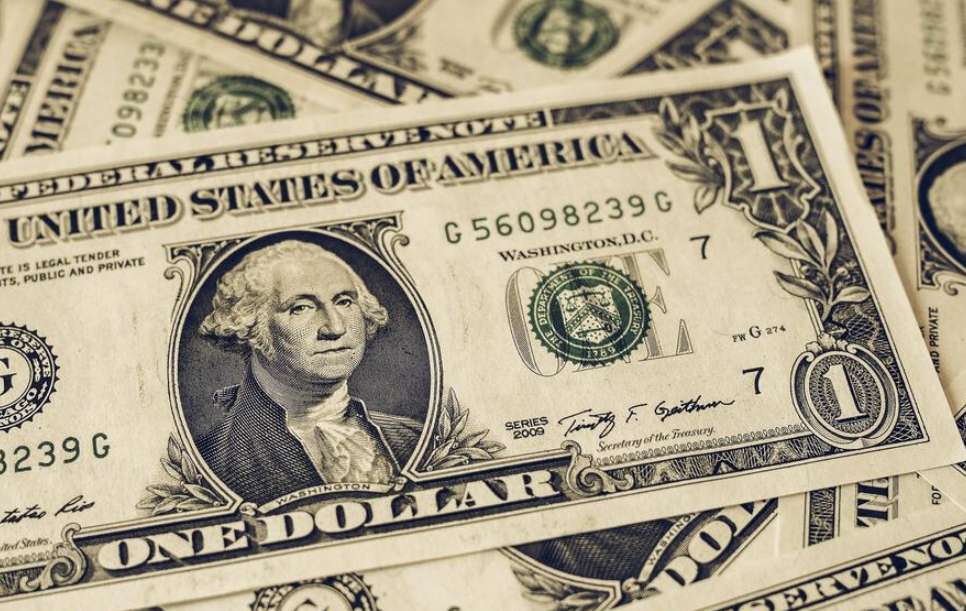Banks Turn to Volume Amid Interest Rate Cuts
Advertisements
- January 29, 2025
In a bold move to stimulate the economy, China's central bank recently implemented a notable reduction in the Medium-term Lending Facility (MLF) rate. This decision marks a pivotal step in the country's monetary policy, aiming to create leeway for lowering the Loan Prime Rate (LPR) and reviving the demand for financing in the real economy. Although this rate cut could potentially impact banks' net interest margins adversely, the anticipated recovery in corporate financing demand could lead to an increase in bank lending volume in 2022, suggesting that banks may rely more on lending volume rather than pricing adjustments to achieve their financial targets.
On January 17, the People’s Bank of China (PBOC) executed a significant operation involving 700 billion yuan through the MLF and an additional 100 billion yuan through open market reverse repos. The one-year MLF rate was lowered by 10 basis points to 2.85%, while the seven-day reverse repo rate was similarly reduced by 10 basis points to 2.1%. This unexpected yet calculated rate cut reflects a proactive approach in stabilizing market expectations and credit flow against the backdrop of economic pressures intensified in the latter half of 2021.
The January reduction of the MLF rate, which exceeded market expectations, was primarily driven by three intertwined demands: stabilizing expectations, maintaining credit volumes, and a race to act swiftly in light of evolving economic conditions. While the rate cut itself was anticipated, the magnitude of this adjustment, occurring earlier than conventional timelines, sent a stronger signal of monetary easing and commitment to sustained economic growth.
As per the economic data released by the central bank, 2021 ended with a GDP growth rate of 8.1%. However, a closer analysis reveals a significant slowdown in the latter half of the year, with growth rates decreasing quarter by quarter. The data suggests a prevailing pessimism about economic growth prospects for 2022, underscoring the central bank's intention behind the timing of the MLF rate cut: an attempt to rebuild market confidence and stabilize expectations amidst disappointing economic signals.

The reduction of interest rates is strategically aimed at reviving the financing needs within the real economy. The sluggish credit data for December 2021 revealed a contraction in both the total amount of loans and their distribution across sectors. New renminbi-denominated loans added up to 1.03 trillion yuan, which was significantly lower compared to the previous year. With declines evident in long-term loans to both households and enterprises, the necessity for a more expansive monetary policy to stir up demand became apparent. In this sense, the MLF cut opens room for a further decrease in the LPR, expected to happen soon thereafter, creating an environment conducive to more vigorous lending activity and economic stabilization.
Moreover, diminishing cost pressures at the liability end paves the way for a corresponding LPR adjustment. Historical trends indicate that reductions in the MLF rate typically coincide with simultaneous cuts to the LPR. Therefore, experts anticipate that the upcoming LPR decision on January 20 may likely result in a downward adjustment, especially in light of external economic pressures, such as the Federal Reserve's anticipated policy shifts.
The directional shift in monetary policy emphasizes not only the need for stimulating credit but presents a broader agenda of steady growth amid economic fluctuations. Following the central economic work conference in December 2021, it was made clear that policies meant to stabilize growth would be prioritized. The persistent pressures from fixed asset investments, which only grew by 4.9% in December—less than anticipated—highlight the necessity for concerted actions through monetary and fiscal policies.
The adjustment in MLF also signifies a potentially transformative phase for China’s banking sector, where the past model of direct lending incentives evolves towards fostering a more nuanced conduit of policy benefits through the banks. With banks currently operating in a low-valuation environment due to heightened risk scrutiny, expectations indicate that as credit policies become more favorable, the economic landscape might brighten, and investor sentiment could recover.
As we venture into 2022, it becomes increasingly apparent that the upcoming policy decisions, including deposit interest rate cuts and targeted adjustments aimed at the real estate sector, will be critical in shaping the credit environment. The banking sector, often criticized for being hesitant to take risks, must adapt to ensure that the liquidity provided by central bank policies translates effectively into real-world economic activity. The urgency for such adaptability is palpable given the economic pressures stemming from external market conditions and the internal need to stimulate growth through effective credit facilitation.
In conclusion, the recent MLF rate cut embodies both a pressing necessity and an opportunity to recalibrate the economic levers that drive confidence and investment in China’s economy. While the central bank’s actions signal a balancing act between maintaining stability and stimulating growth, the effectiveness of these measures will ultimately rely on the interplay between monetary policy and tangible economic recovery facilitated by the banking sector's responsiveness to changing financial conditions.
Leave A Comment